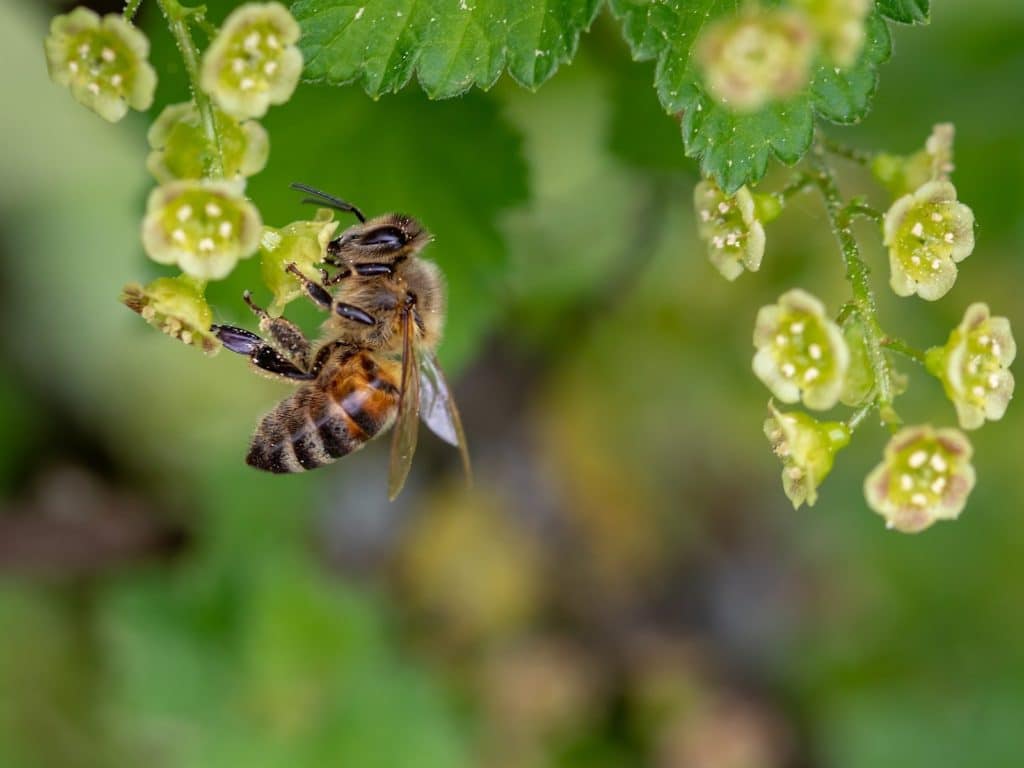Why beekeepers need to get ready for the spring build-up now
Spring is a key season in the annual beekeeping calendar. It’s that time of year when the colony quickly builds numbers, i.e. the spring build-up. It’s also a time of vulnerability. How your beehive fares over the spring will greatly impact your honey crop across summer.
As the weather is still fairly cool, beginner and backyard beekeepers in particular may not yet be thinking about their beehive’s needs. But with spring just around the corner, all beekeepers should already be making preparations.
In this post, we cover the key aspects of preparation for a great spring build up. You’ll have plenty of work on your hands with normal spring maintenance tasks, so perfect preparation will ensure you and your honey bees hit the ground running with minimal fuss.
1. Monitor long term weather forecasts and local conditions, including floral resources
Is warm spring weather coming late this year, stretching your beehive’s remaining winter reserves thin? Could drought affect the floral resources (food!) available when bees do emerge? Factors like these can stress a colony emerging from winter, adding risks such as starvation and increased susceptibility to disease.
At the time of writing, the Bureau of Meteorology has forecast dryer and warmer weather than usual for August to October in 2019, across most areas of Australia. This means bees may be active early, but at the same time, floral resources could be strained due to reduced rainfall (let alone the drought in many areas).
If you’re not sure what the seasonal outlook means for you, it’s worthwhile talking to an experienced beekeeper in your area who can assist with local knowledge.
2. Get up to speed on good honey bee nutrition for the spring build-up
As mentioned, if spring conditions are not ideal your hive may be at risk of starvation. The colony may have already used up its winter stores before conditions improve. As soon as there is a warm day, you can open your hives to perform a check (never open your hive on cold, overly windy or rainy days).
You can move surplus honey frames between hives if you have any and are confident that disease is not an issue. But you should also be prepared to supplementary feed sugar syrup, pollen or pollen/protein substitutes. These will also give the colony an extra boost during the growth period.
3. Know your bee diseases and how to monitor brood health
Get up to speed on recognising the signs of disease and pests in the hive. In particular you should be on top of brood diseases, in preparation for the brood inspections that are essential to good hive management during the spring build-up.
Brood diseases to be particularly aware of include American Foulbrood, European Foulbrood, Chalkbrood and Sacbrood.
Again, if you are not sure how to properly perform a brood inspection, be sure to get training and support via a local beekeeping course or from an experienced mentor.
4. Prepare and purchase equipment for hive expansion now
Have you got enough supers and frames? Do your existing ones need some maintenance? Purchase or repair now so you’ll have everything you need to make room for rapidly growing brood and honey frames. Every hive should have at least one spare super, and frames to fit, on standby.
Don’t forget to also check if your tools and accessories like J hooks, smokers and protective clothing (bee suits) are in working order and ready for another season.
5. Be prepared to re-queen if necessary
In early spring you will need to inspect the health of your queen and potentially replace failing queens. You may also need to swap out older queens with young queens to reduce the risk of swarming.
If you don’t already have a contact for a good queen breeder, you may want to make some enquiries so that you don’t miss out on a queen when you need one. Find queen breeders in your area via Aussie Apiarists Online.
6. Be ready for the possibility of a spring honey harvest
Though summer is the peak season for honey production, it’s normal to harvest in spring too. If there’s a good honey flow early on, you may be harvesting and processing honey sooner than you think. Have your equipment checked, serviced and ready or know where to hire it. Have your consumables, e.g. smoker fuel, ordered too.
When you’re already busy with spring management and find you need to begin harvesting too, you’ll be glad you got organised in advance.
For personalised advice on products and tips for spring management, give Ian a call on 0437 902 749 or get in touch via email at [email protected]. Shop online here (free postage Australia wide for orders over $250)!

Visit the Bee2Bee online shop for beekeeping equipment and supplies.




